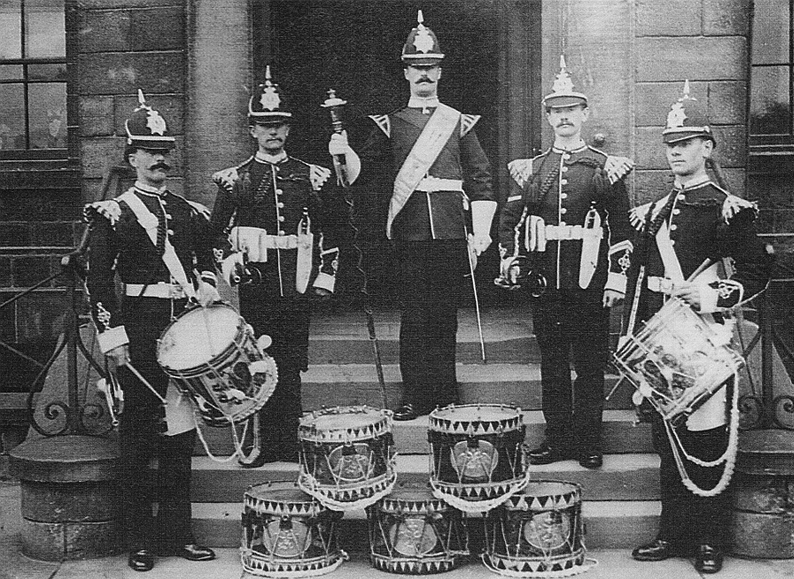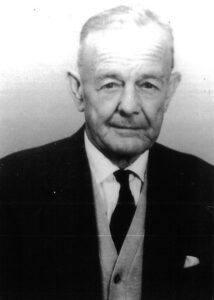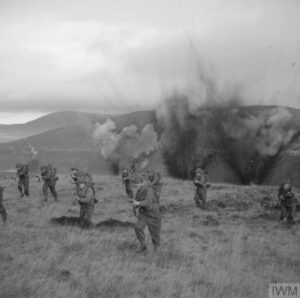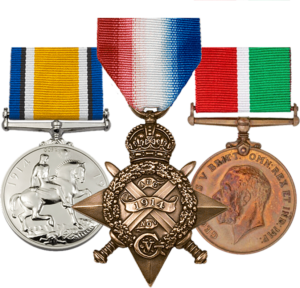Walter enlisted into the 1st Battalion of the Princess of Wales’s Own Yorkshire Regiment (commonly known as the Green Howards) on 3 May 1892, five years after his elder brother who was away serving in Burma with the 2nd Battalion. At the time he was 18 years and 5 months old and employed as a groom. He was described as 5 feet 6 inches tall, weighing 127 lbs, with a fresh complexion, light blue eyes, grey hair, and a scar on the left side of the forehead. He enlisted for an initial service of seven years, followed by five years on the reserve list, and was given service number 3616.
The Battalion served at home, including spells at Portsmouth from July 1892 then on to Jersey in September. After two and a half years on the island, during which Walter was treated for abscess and gonorrhoea, the Battalion went to Ireland. They first served at Curragh from May 1895, during which he had a bought of pneumonia, then in Dublin from August 1897.
In September 1897, Walter served at the Pigeon House Fort in Dublin. Situated on the south wall of the harbour it was intended to be used as a last-ditch exit point from Ireland for the British in the event of a successful invasion. As such, it had was manned by 200 men and had strong fortifications, a hospital, and an armoury. On 17 September he suffered a fit that was diagnosed as epilepsy and discharged from the army a month later as unfit for further service. The record notes:
He attributed it to a kick from a horse in 1893, since which accident he states he has had several fits. There is no recorded evidence to support this statement and the man states he never went sick for either the accident or any fits. On 17 September 1897 he was seen in an epileptic fit by the civil surgeon in medical charge of troops in the Pigeon House Fort. Certificate attached. The disability has not been aggravated by intemperance, vice, or misconduct. The liability of an epileptic fit is permanent. May materially interfere with his earning in civilhood.
The record noted that it should be treated with rest and hydrate of chloral (a sedative used in the short-term treatment of insomnia).
With the demands of the Boer War putting pressure on the army’s manpower, in February 1900 Queen Victoria appealed for ex-soldiers to sign up for home defence duties. Shortly thereafter, Royal Reserve battalions were formed of veteran soldiers for Home Service. Each man enlisted for one year for a bounty of £22. Recruiting was enthusiastic, and by the second week of May 14 battalions of infantry had been formed, comprising 128 officers and 15,321 men. Walter was one of these, having re-enlisted on 1 June 1900. The men were used for routine duties and ceremonial tasks, for example furnishing the guard at Osborne, and lining the route for the funeral of Queen Victoria. The task of keeping everyone occupied was reported to be rather difficult, however. The Regiments were disbanded at the end of 1901, when the Second Boer War drew to its close. Walter’s record is a little contradictory, saying both that he was discharged in 1901, and that he embarked for South Africa on 26 February 1901.
Units
- 1st Battalion, The Princess of Wales’s Own (Yorkshire Regiment) (1892-1897)
- Royal Reserve (1900-1901)




